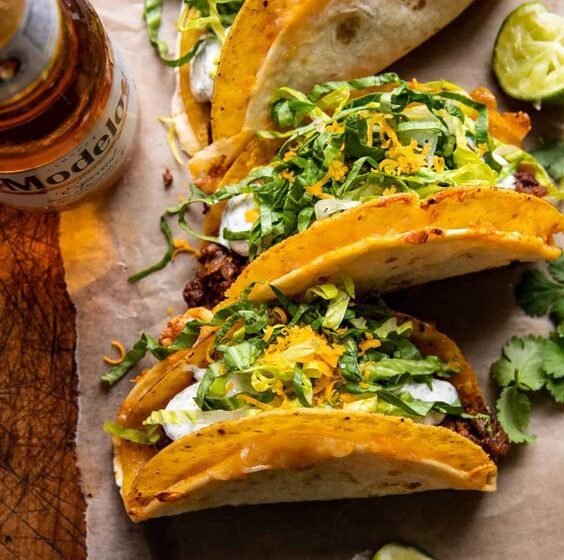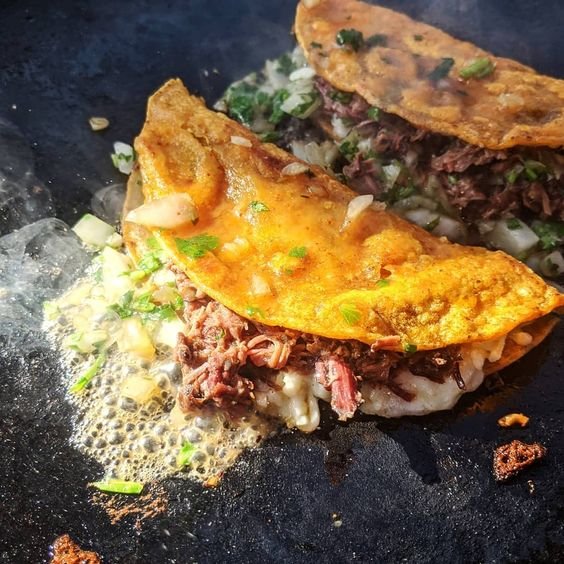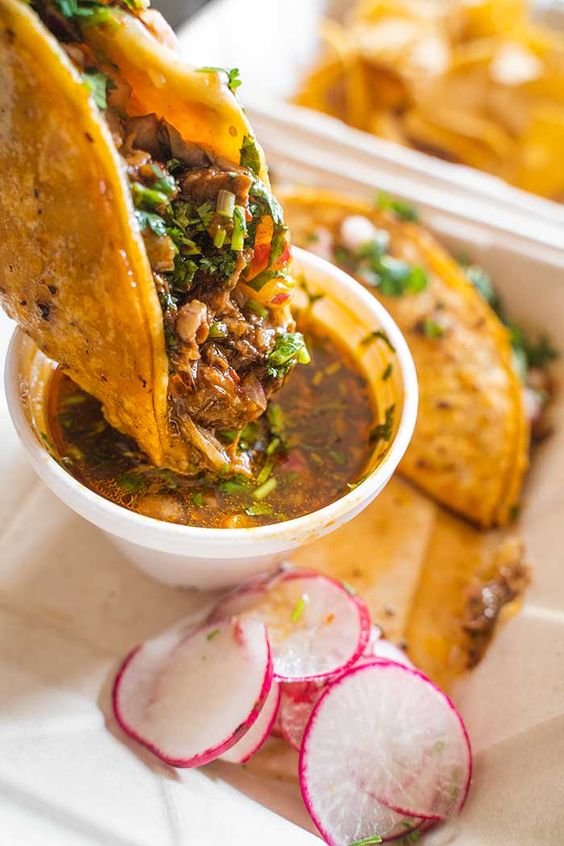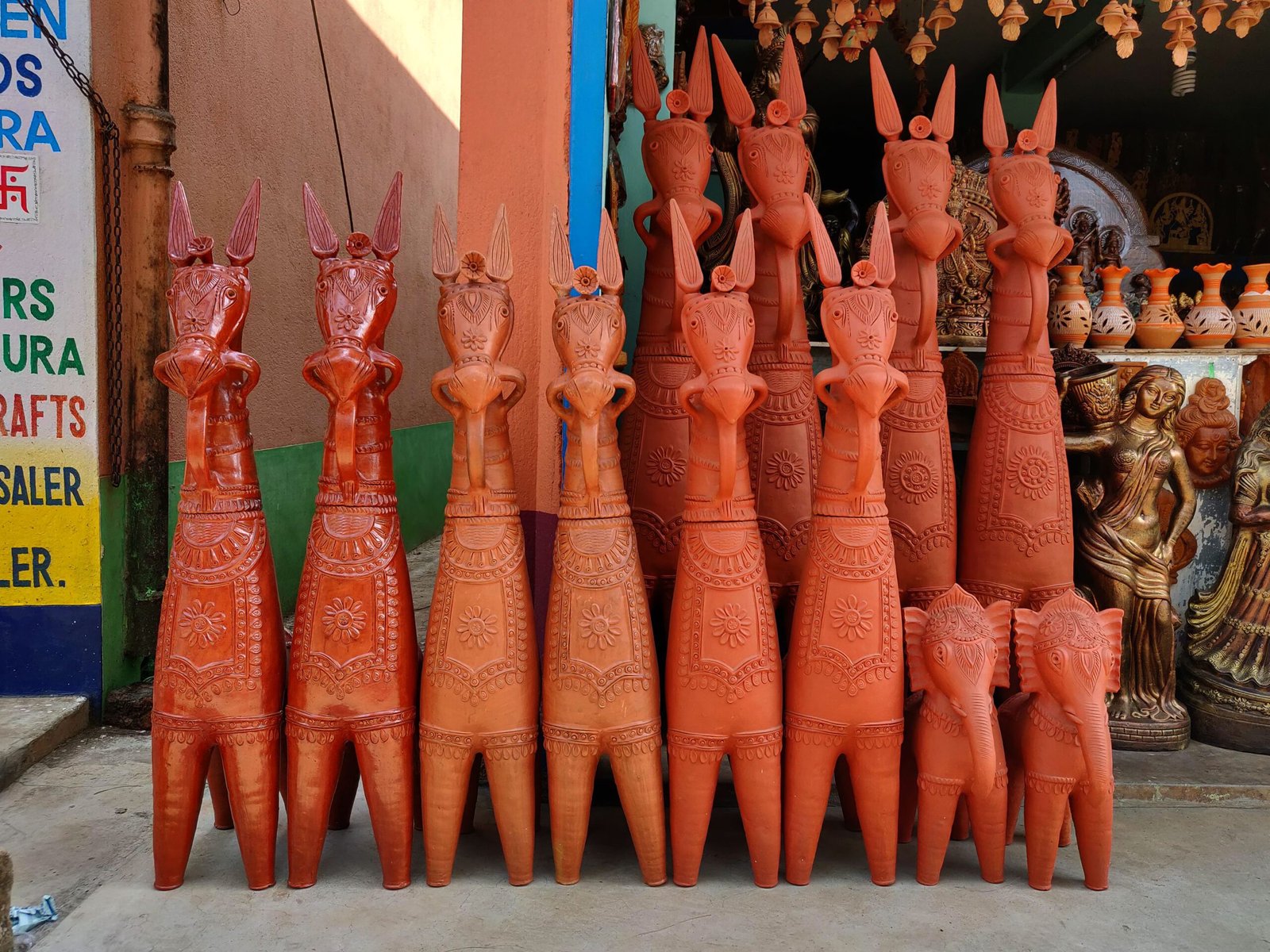Tacos: A Timeless Tale of Flavorful Tradition and Culinary Journey

Tacos, with their delightful combination of fresh ingredients, savory fillings, and soft tortilla shells, have become a beloved culinary icon in Mexico and beyond. Born from the vibrant culinary traditions of the Mesoamerican civilizations, tacos have evolved through centuries of cultural exchange, becoming a cherished dish enjoyed by people around the world. In this blog, we embark on a flavorful journey to explore the history and origin of tacos, uncovering the cultural significance and culinary innovations that have made them a timeless favorite.

Ancient Origins in Mesoamerica
The story of tacos begins in Mesoamerica, the region comprising present-day Mexico and parts of Central America. The indigenous peoples of Mesoamerica cultivated corn, or maize, as a staple crop, and it played a fundamental role in their culinary practices.
1. Tortilla: The foundation of the taco is the tortilla, a thin, round flatbread made from masa (ground corn dough). The ancient Aztecs and Mayans are credited with the invention of the tortilla, a versatile food item that has withstood the test of time.
2. Early Fillings: Early Mesoamerican civilizations used a variety of fillings for their tortillas, including beans, squash, chili peppers, and various wild meats such as turkey and insects.

The Influence of Spanish Colonization
The arrival of Spanish conquistadors in the 16th century brought about significant changes in the culinary landscape of Mesoamerica. Spanish explorers introduced new ingredients, such as beef, pork, and dairy products, as well as culinary techniques, like frying and braising. These introductions influenced the evolution of traditional taco fillings.
1. The Introduction of Meats: With the arrival of livestock from Europe, Mesoamerican cultures incorporated beef, pork, and chicken into their diets. These meats became popular taco fillings, adding a new dimension of flavor to the traditional dish.
2. The Fusion of Cultures: The blending of indigenous Mesoamerican ingredients with Spanish flavors and culinary techniques gave rise to a rich fusion of tastes and textures. This melding of cultures is at the heart of modern Mexican cuisine, and it is exemplified by the evolution of the taco.

The Emergence of Regional Varieties
As tacos continued to evolve, they adapted to the unique flavors and ingredients of different regions within Mexico. Each region developed its distinctive taco style, showcasing the diverse bounty of Mexican cuisine:
1. Tacos al Pastor (Mexico City): Inspired by Middle Eastern shawarma, tacos al pastor feature thinly sliced marinated pork cooked on a vertical spit. These tacos are typically served with pineapple, onion, cilantro, and a squeeze of lime.
2. Tacos de Carnitas (Michoacán): Carnitas, which translates to “little meats,” are slow-cooked, tender, and crispy pork tacos. The pork is traditionally cooked in its rendered fat, resulting in a savory and succulent filling.
3. Tacos de Baja (Baja California): Originating in the coastal region of Baja California, these tacos feature battered and fried fish or shrimp, topped with shredded cabbage, pico de gallo, and a creamy sauce.
4. Tacos de Barbacoa (Hidalgo): Barbacoa, a traditional cooking method involving slow-roasting meat in underground pits, produces tender and flavorful beef or lamb tacos.

The Global Popularity of Tacos
As Mexican communities migrated and shared their culinary traditions around the world, the popularity of tacos grew beyond Mexico’s borders. Tacos quickly became a staple in Tex-Mex cuisine in the United States, and they have since found their way into restaurants and homes worldwide.
1. Taco Trucks and Street Food: In the United States and many other countries, taco trucks and street vendors have become an integral part of the food scene. The convenience and deliciousness of street-style tacos have made them a favorite grab-and-go option for many.
2. Gourmet Tacos: With the rise of foodie culture and culinary innovation, gourmet taco joints have emerged, offering a wide array of inventive and unique fillings, from exotic meats to fusion flavors.
3. Vegan and Vegetarian Tacos: In response to the growing popularity of plant-based diets, chefs have created vegan and vegetarian taco options that are just as delicious and flavorful as their meat-based counterparts.

Tacos in Pop Culture
Tacos have transcended the realm of gastronomy to become cultural symbols, celebrated in art, music, and literature. From mariachi songs that sing the praises of tacos to iconic taco-eating scenes in movies and TV shows, tacos have become woven into the fabric of popular culture.
The Taco Emoji
In 2015, the Unicode Consortium officially introduced the taco emoji, further solidifying tacos’ place in the digital world. The taco emoji quickly gained popularity, becoming a widely used symbol of Mexican cuisine and culinary enjoyment.

Conclusion
Tacos, with their ancient Mesoamerican roots and dynamic evolution through centuries of cultural exchange, have become an internationally beloved culinary treasure. From the traditional fillings of beans and squash to the modern gourmet taco innovations, this delightful dish showcases the rich diversity and vibrancy of Mexican cuisine.
As we savor the flavors of tacos, we celebrate their cultural significance and culinary journey, from the indigenous tribes of Mesoamerica to the bustling taco trucks of today. The universal love for tacos serves as a testament to their timeless appeal and the art of culinary fusion that unites people around the world in the joy of good food.


